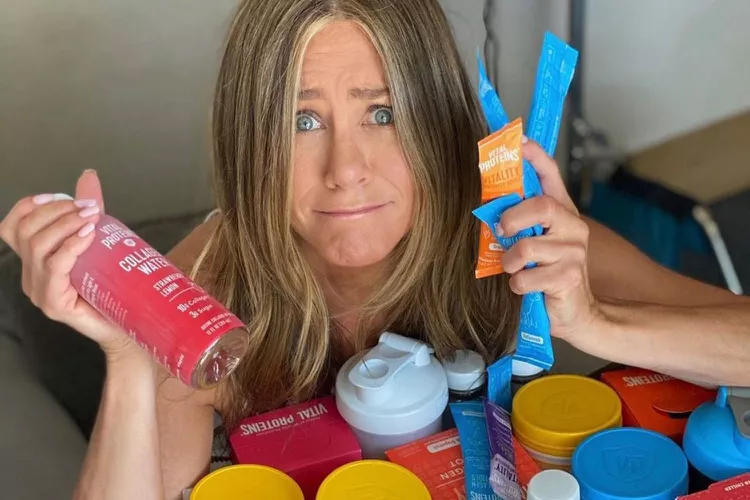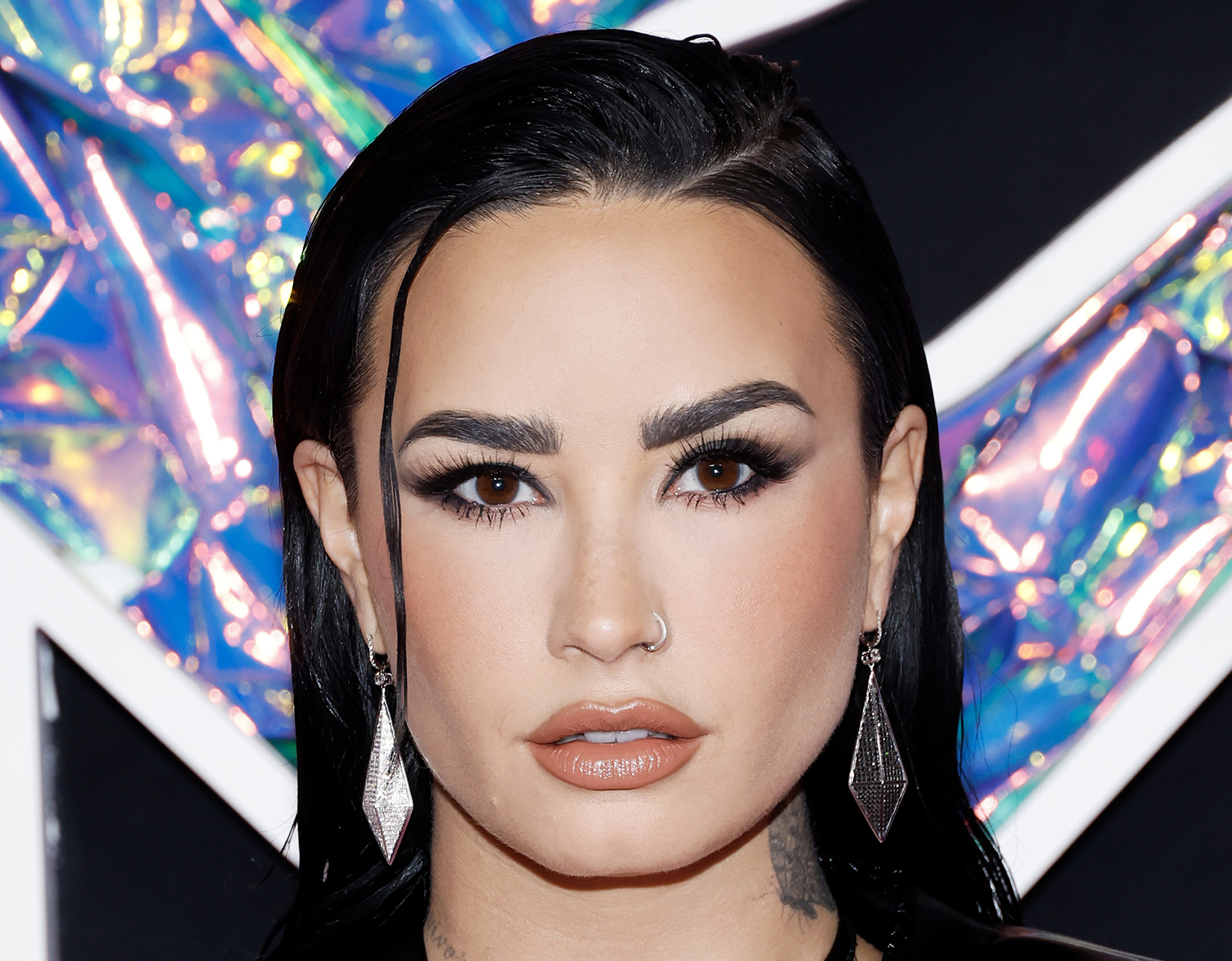A lot of us don’t care for phone calls. And that dislike appears to be growing.
The fourth State of Aesthetics revealed a sharp drop in phone calls as the preferred method of communication with an aesthetic provider. While email and text message remain generally well-liked as ways to speak with a provider and their offices, we found that patients have begun to drop calls.
Does this mean the end of the doctor call? We dive into our data and break down the stats below.
State of Aesthetics
Without a doubt, we have the best readers. That’s why the State of Aesthetics taps thousands of you to provide a real-time look at the aesthetic industry. Powered by BeautyEngine subscribers, the most advanced and educated consumers in the aesthetic industry, we look at what’s popular, how readers choose their treatments, and what you look for in a provider.
See our full report here.
Phone Calls Experience a Sharp Decline in Popularity
Based on our data, the preferred method for communication with an aesthetic provider is email with 68.2% of respondents, upsetting text messaging from its number-one position for the first time.
But it’s the sharp decline in the popularity of the phone call that really caught our attention. Only 19% of respondents claimed phone calls were their preferred method of communication with a provider, down from 37.8% just last year.
What could be behind such a significant drop in preference? Well, according to the PEW Research Center, most Americans don’t answer unknown phone calls. That’s something that aesthetic providers have definitely been experiencing.
For many providers, like Miami plastic surgeon Sean Simon, MD, this isn’t a new issue at all. “Patients do not answer the phone when you are trying to reach them,” Dr. Simon explains. “That’s been a problem for years.”
There’s also the influx of Millennials and Gen Z as patients seeking care. According to research conducted by BankMyCell, 75% of Millennials dislike phone calls, with as many as 1 in 5 claiming to hate them. New research out of Australia suggests as many as 90% of Gen Z dislike phone calls, a staggeringly huge majority.
How do Patients Like to Communicate with Providers?
For Dr. Simon’s office, patient preference aligns with what NewBeauty has observed for the last three years: email and text are the standard.
“I would say text and email are preferred,” Dr. Simon explains. “The great majority of my personal communication with patients is face-to-face in person, there are occasions that I will communicate via email, phone and even Instagram—although patients that contact me through social media are generally referred to office staff for additional information/ scheduling etc.”
Additionally, New York oculoplastic surgeon Irene Gladstein,MD notes that social media platforms have also become a popular method for contact. “What we have noticed is a huge uptick in text and social media communications,” Dr. Gladstein explains. “While a texting platform is usually embedded in most current medical records programs, communicating via social media platforms is very undesirable especially when it comes to clinical concerns due to lack of HIPPA protection and potential of overlooking those massages by the team.”
That said, our data also suggests that when it comes to actually scheduling an appointment, phone calls were a lot more palatable an option for patients. Most still preferred to schedule through an online service or app (57.9%), but phone calls enjoy a much more substantial 36.6% compared to general communication.
This suggests that the doctor call isn’t completely done for. “I would say that the majority of patients in my practice schedule their initial consultation by calling,” Dr. Simon says.
There may continue to be a shift away from phone calls as Gen Z become more active patients in the aesthetic industry, but there seem to be some cases where a phone call’s efficiency outpaces how much they might be disliked.

















